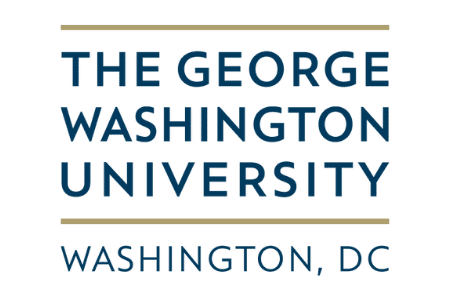
As with other companies, universities often tweak their brand to keep themselves relevant and up-to-date. These adjustments can be a complete overhaul or minor tinkering as schools try to attract new students and prospective donors.
First, let’s look at some rebranding examples in higher education. Below are 3 examples of rebranding among major universities. Each rebranded for different reasons, each matching their own needs.
Wharton
But wait, there’s more…
Wharton. When you hear the name, you think of bright students and future leaders of business. But as Wharton’s dean, Thomas Robertson, described in a WSJ interview, they have 20 research centers in various places, and people may not realize all of these centers carry the Wharton name. He was also concerned that their website was too similar to other top business schools and did not highlight their focus on their quantitative approach.
What did they change? “Knowledge is…” their new tagline. With different endings for this tagline, Wharton ties together their various centers to fit neatly under one umbrella. Check out their rebranding video.
UConn
If you can’t beat ‘em, join ‘em.
Sometime nicknames just stick. One instance includes the University of Connecticut, often referred to as “UConn.” So in an effort to capitalize on this “unique identifier,” school president Susan Herbst announced that the school would adopt “UConn” as the school’s name on school signs, letterhead, banners and web pages.
Nike’s sponsorship of the rebranding efforts for the athletic department may help explain the move, as Mayor Quimby once said: “You are tampering with forces you can’t understand; we have major corporations sponsoring this event.” This may have something to do with the swooshes popping up in the UConn video.
GWU
Third time is a charm.
There’s not a lot of data about how often schools should or do rebrand. George Washington University, a university founded in 1821, decided after just 10 years with a new emblem to switch again. The inspiration for the rebrand in 2002 was primarily to make the emblem more visually friendly. What was text only became a marketable symbol with an image of George Washington alongside the university’s name.
The goal of the most recent change is a little less clear, with one of the developers explaining that they are trying to “have one visual identity.” Maybe with a modern glamor shot they captured our founding father’s better side? Or maybe they just needed a reason to put rock music in their branding video. Hope they use these 5 tips to protect your online brand once they have decided what it is.
Making a Creative University Website
College and university webpages exist as a source of information for prospective and current students, faculty and donors, but as a branding tool, they do so much more. In many instances, the school website delivers its first message to potential students. It’s the online equivalent of a campus tour.
Universities work hard to find effective ways to balance the need to deliver necessary info and represent their brand. Here are four examples of schools that have found unique ways to design their websites to satisfy both needs:
CalTech
As one of the country’s top universities, CalTech wants prospective students to know what sets it apart from its competitors like MIT, Harvard and Princeton. When you visit the CalTech homepage, the takeaway is clear: Research and development is a big part of their identity. Instead of relying on a prominent top or side navigation bar, the landing page prominently features panels highlighting the awards and innovations of their faculty and students. You can click on each one to learn more. You clearly understand what the CalTech brand represents (though you may have difficulty navigating through to individual departments).
Merrimack College
Merrimack College, a small private college north of Boston, covers its bases with two different sites: a conventional website with a predictable navigation and a more modern site aimed at attracting prospective students, aptly named ChooseMerrimack.com. This approach allows more flexibility and informality for reaching out to new students. ChooseMerrimack.com gives visitors a glimpse into student life at the school in a way that feels like an insider’s view. However, they certainly lose points for not including a prominent call-to-action link to this fun site on their main webpage.
Middlebury
Colleges may be concerned that users will overlook important information because they don’t scroll down far enough. Middlebury College solves this problem by eliminating the scroll-down function. The navigation menu is listed in a semi conventional way, at the bottom of the page. However, the additional information that can create bulk is compressed into a graphic of vertical colored bars at the top of the page. The titles of the specific pages are only exposed when a mouse hovers over each bar. This conservation of space might be expected from a school renowned for its environmental education.
Savannah College of Art and Design, The University for Creative Careers (SCAD)
Schools of art and design should have unique websites to help foster their brand, but they do not always succeed. SCAD demonstrates its skill through its website, displaying a single photograph of a design by a student or alum. The rest of the information is accessible but peripheral. This focus on a single design evokes the feeling of being in a museum, observing a masterpiece on display. Valuing its students’ creations will surely send a strong message to budding artists looking for place to train.
Explore more resources about rebranding and redesigning websites:







